UTAPHAO AIRFIELD, Thailand - U.S. Marines with Combat Logistics Regiment 3 and Royal Thai Marines conducted bilateral aerial delivery training here Feb. 8 during Exercise Cobra Gold 2009.
Cobra Gold is an annual joint multinational exercise focused on maintaining and improving military interoperability among its participants.
The training was centered around transporting cargo and personnel via aircraft and inserting both from the sky into a desired location on the ground.
The aircraft, a U.S. Marine Corps KC-130, made several passes in order to drop the entire load of cargo, including Royal Thai and U.S. Marines. The parachutes holding the cargo dropped first, and then the personnel jumped during the aircraft's subsequent passes.
Before the Thai and U.S. Marines were permitted to make the jump, they were required undergo pre-jump training and gear checks as a precautionary measure to ensure that everything was as safe as possible, said Jacob E. Plants, a jump master with 3d Reconnaissance Battalion, 3d Marine Division.
Two different types of jumps were practiced, the low level static line jump and the free fall jump.
"If you have a smaller drop zone, you would want to use a free fall jump, because you have more control," said Plants.
The first jumpers of the day were six Thai Marines followed by about six U.S. Marines, who all did the low level static line jump.
After the 12 personnel were safely on the ground, the aircraft increased its altitude and several more Thai Marines jumped using the free fall method.
The aircraft then made one more pass to allow a tandem jump, which consists of a professional jumper exiting the aircraft with another person strapped to him with a harness.
"This training has two purposes - it allows us to practice air delivery and allows [Marines] to practice proficiency in jumping," said 1st Lt. Colin A. Graham, air delivery detachment officer in charge, CLR-3.
This type of training gives Marines the knowledge they need to do this in a combat environment, added Plants. "We can rig just about anything up and drop it out of a plane," he said in reference to real world applications for this training.
Plants said he believes the Marines really enjoy the bilateral training. "They are always excited and professional," he said.
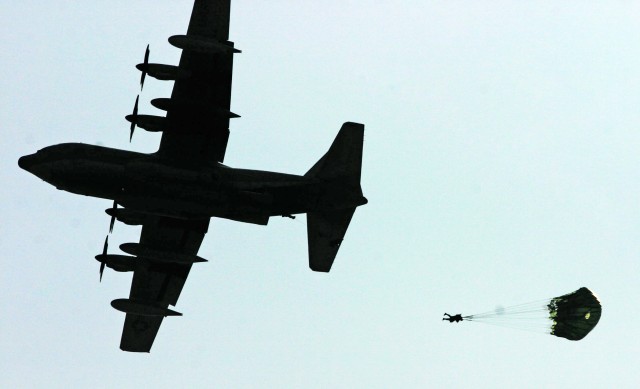
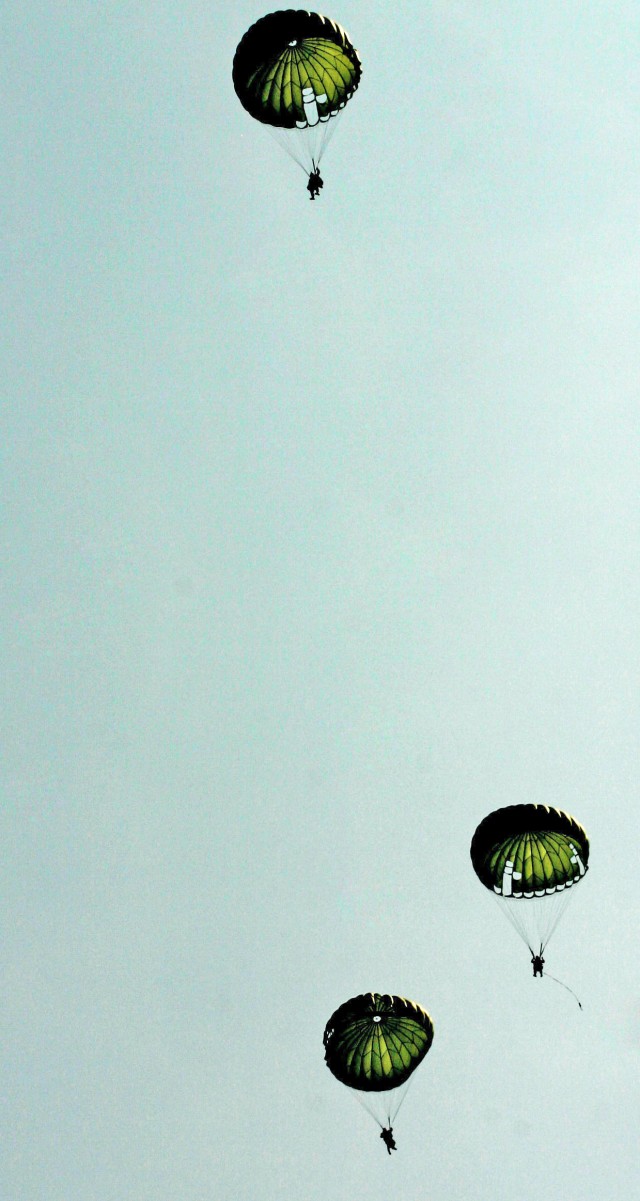
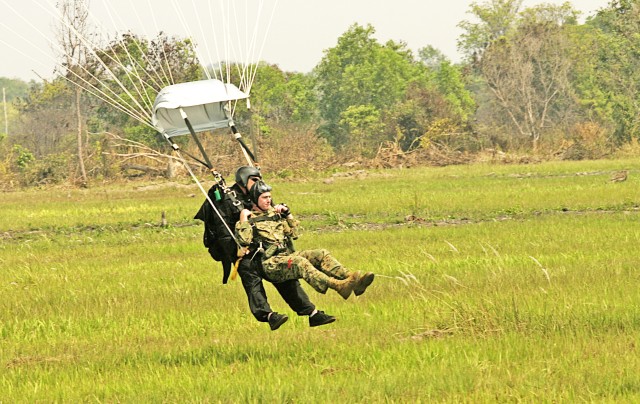
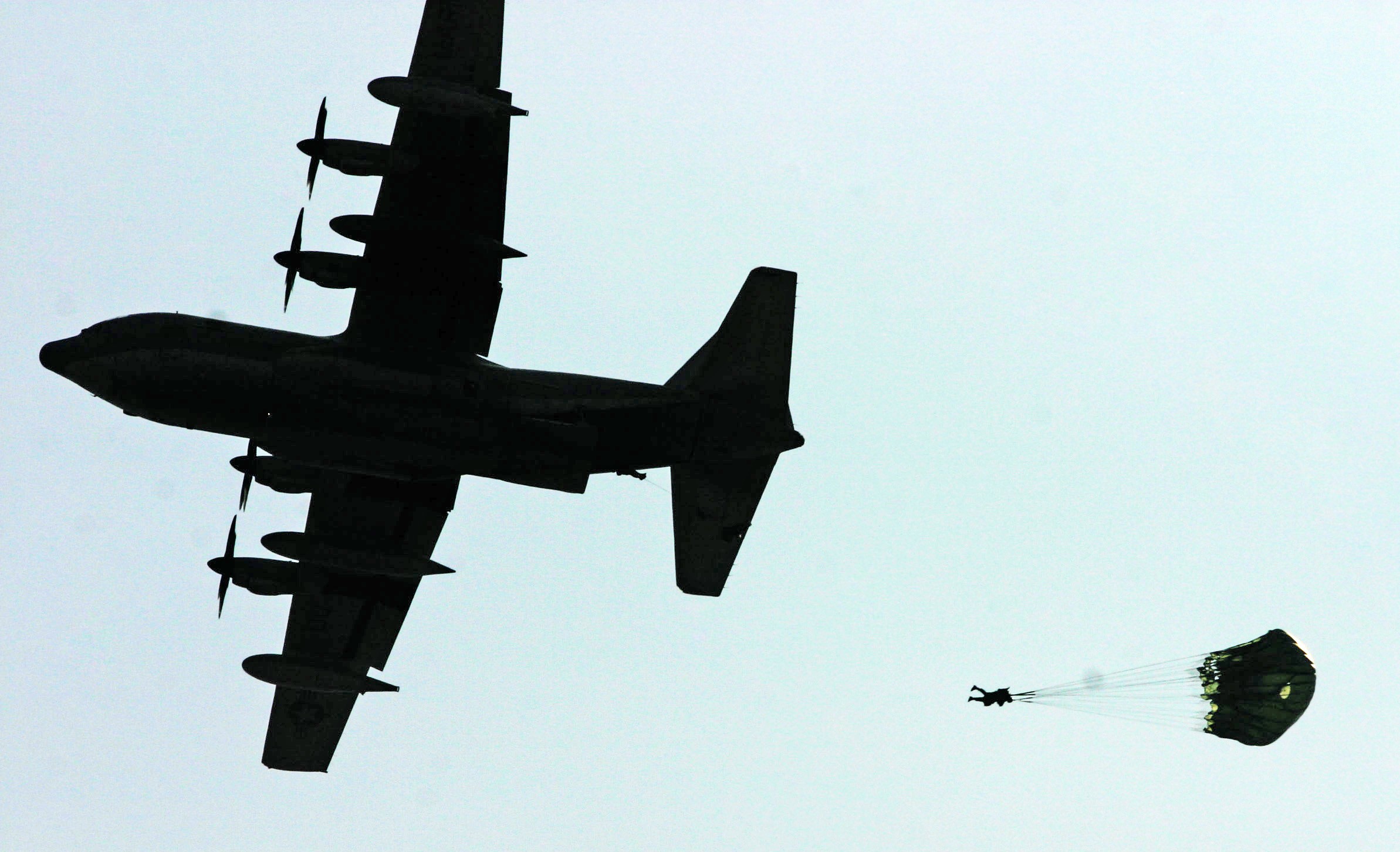
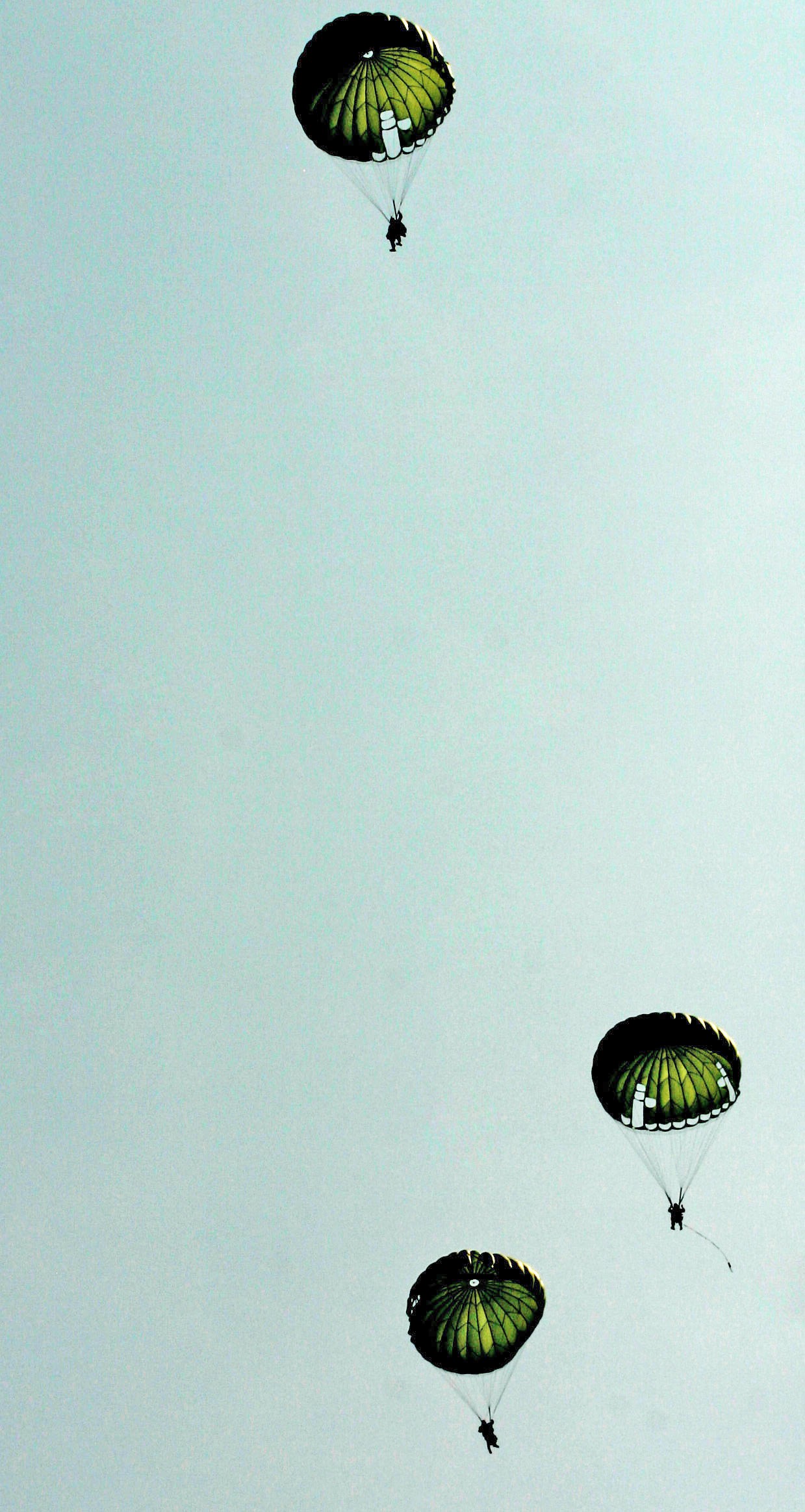
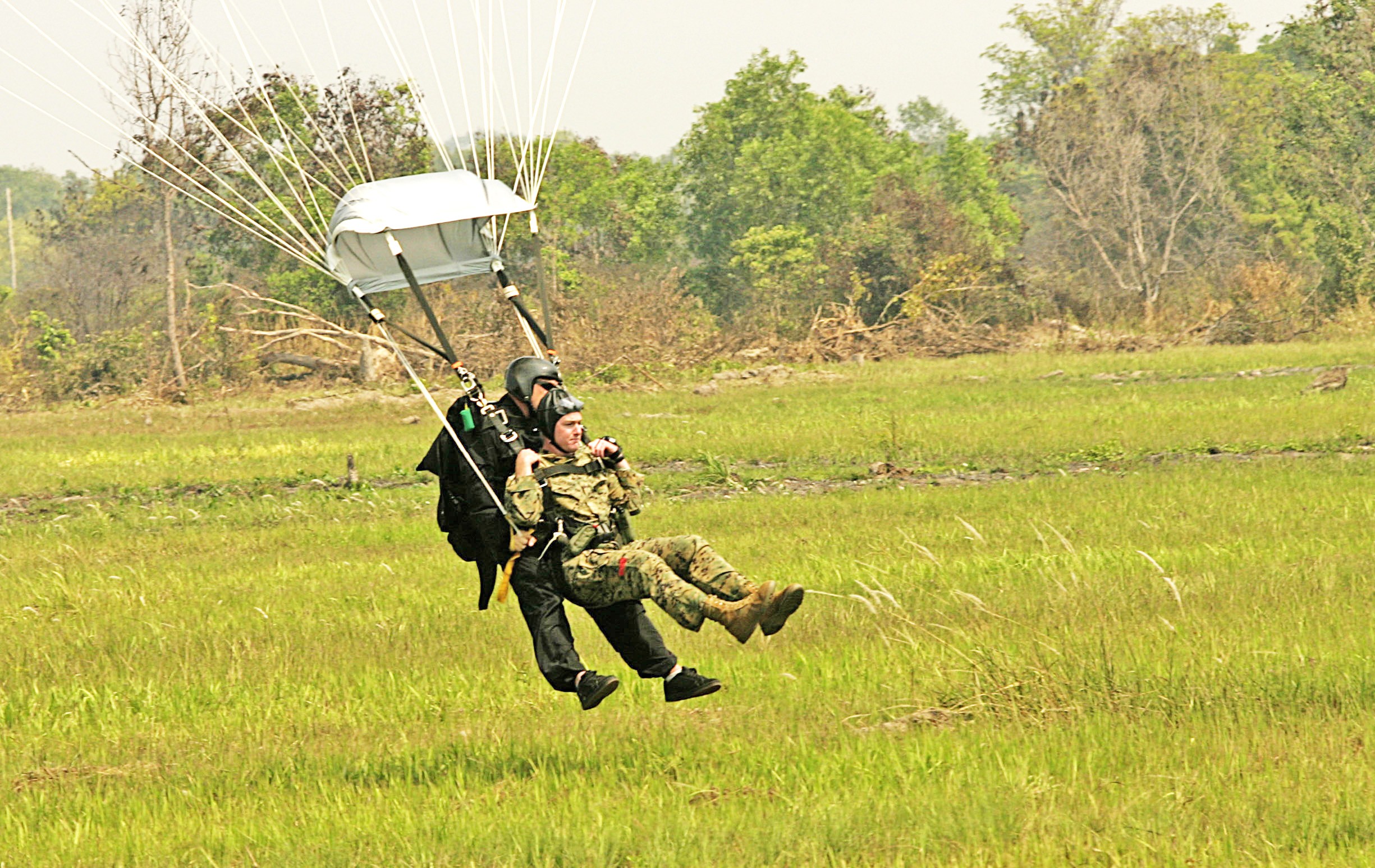
Social Sharing